I visited the Cloisters on 10 September and it was surprisingly cool and the walk up to the hill along the Hudson River was very pleasant. Before I dived in for the collections, I took moments to admire the lovely building, which incorporated elements from five medieval French cloisters—quadrangles enclosed by a roofed or vaulted passageway, or arcade—and from other monastic sites in southern France. Three of the cloisters reconstructed at the branch museum feature gardens planted according to horticultural information found in medieval treatises and poetry, garden documents and herbals, and medieval works of art, such as tapestries, stained-glass windows, and column capitals.
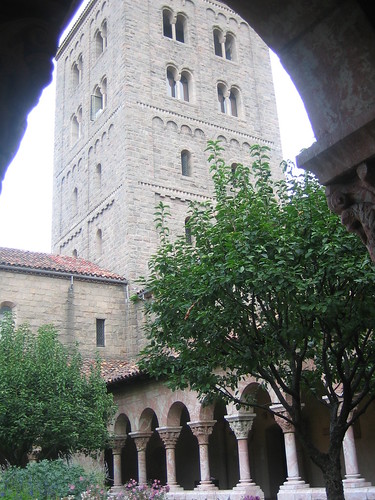

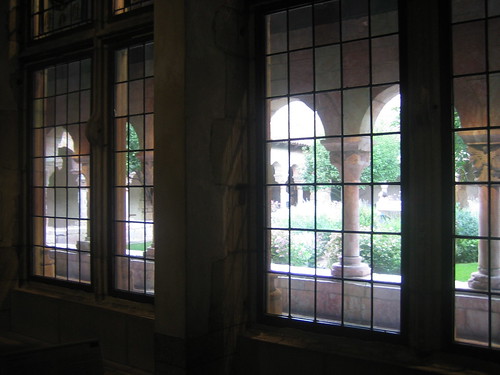

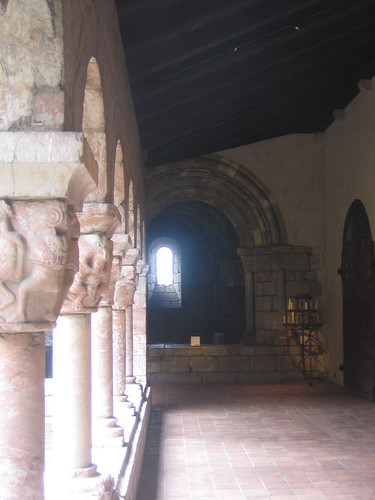
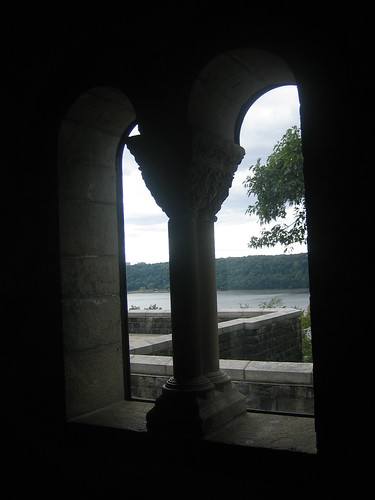
Viewing medieval art in a setting like this was heavenly. The relative isolation from urban surroundings made this trip even more eventful. In the past, I hadn't paid much attention to medieval art, even though I had always been drawn to monastic stories and life, till a few years ago, when I stayed in a hotel near Musée de Cluny - Musée national du Moyen Âge in Paris. Due to the proximity, I was "compelled" to visit the museum and was completely won over and even visited it twice.
There were many beautiful stain glass windows and they often were my favorite objects.

Scenes from a Series of the Parable of the Prodigal Son, Germany, Cologne (?), c. 1530-35
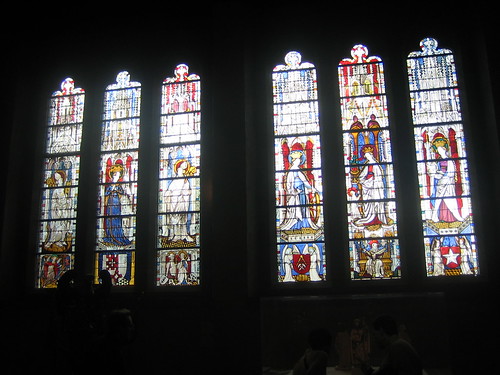
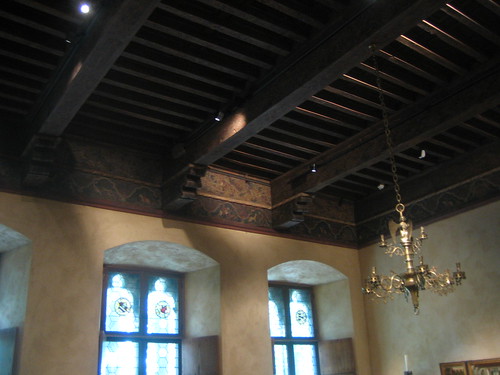
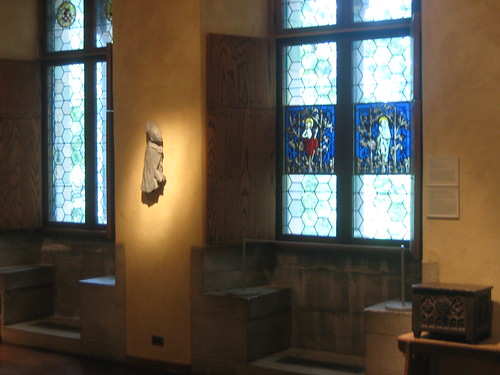
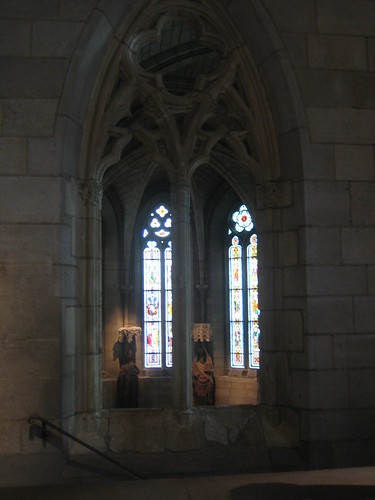
Manuscripts were my favorite objects as well. It was fascinating to see some cartoon scribbles carefully drawn in blank space to add spices, like those we encounter often on The New Yorker. It was also very interesting to see ancient playing cards as well. In the same group,
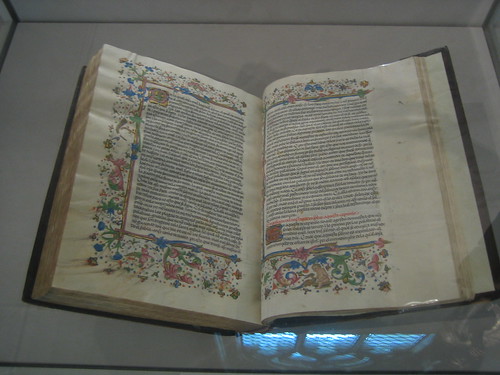
Saint Augustine's City of God, Spain, Toledo, 1446-82, Cano de Aranda and Workshop
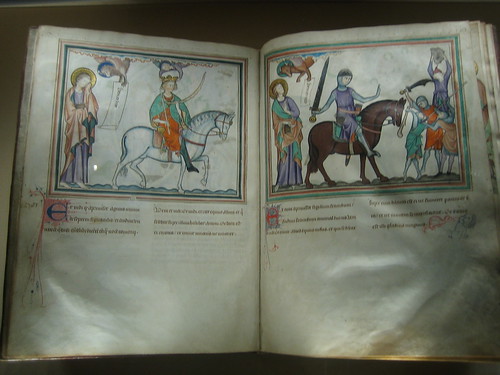
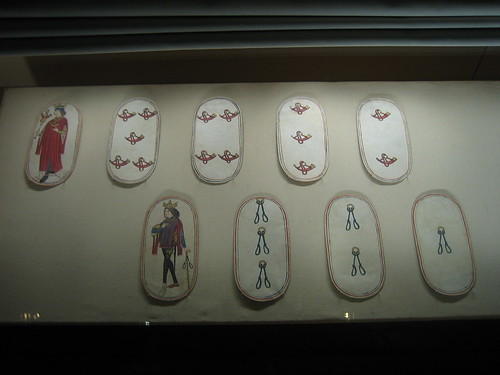
Set of Fifty-Two Playing Cards, c. 1470–1480, South Netherlandish
More collections were of the serious kind, particularly those of religious purposes. There were a giant Crucifix under a Byzantine style dome, decorated with mosaics and a crude but very moving Pietà from Germany.
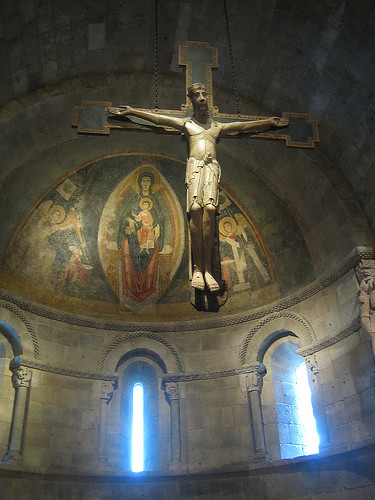
Crucifix, Palencia, Castile-León, c. 1150–1200

Pietà (Vesperbild), Germany, Rhineland, c. 1375-1400
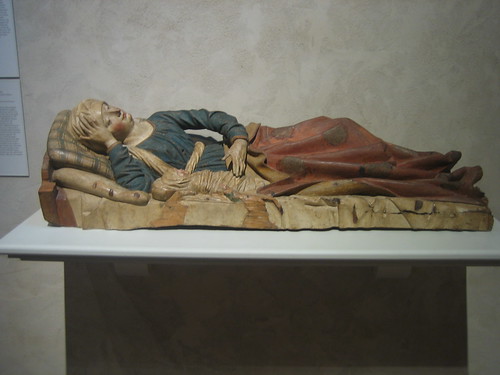
Nativity of the Virgin, Germany, Lower Franconia, From the parish church of Saint Laurentius at Ebern, Bavaria, north of Bamberg, c. 1480
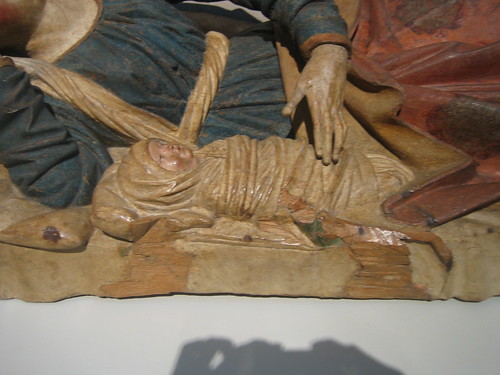
Nativity of the Virgin, Germany (detail), Lower Franconia, c. 1480
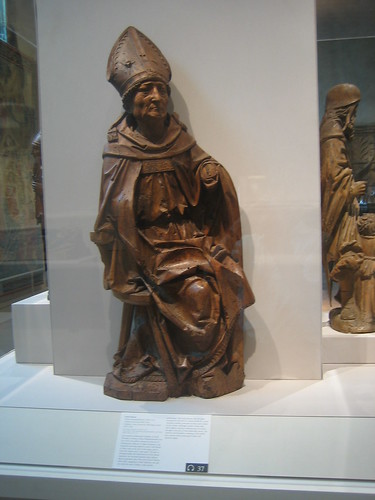
Seated Bishop, Germany, Lower Franconia, Würberg, c. 1495-1500

Sepulchral Monument of Ermengol X, Count of Urgell, Spain, Catalunya (Cataluña), Lleida (Lérida), c. 1300-50
Moving away from these sculptural objects, I took delight in paintings and embroidery. At a glance, I thought the Annunciation Triptych below was done by Hans Memling but I was wrong.
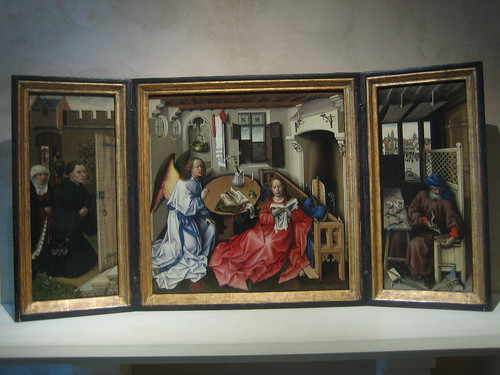
Annunciation Triptych (Merode Altarpiece), South Netherlands (modern Belgium), Tournai, c. 1427-32, Workshop of Robert Campin
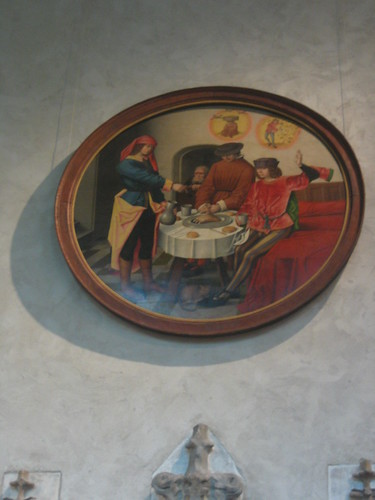
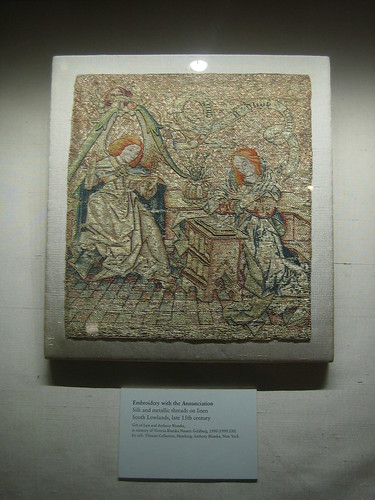
Embroidery with the Annunciation, South Lowlands, late 15th century
I also enjoyed the Fresco of monsters very much. They were just as fascinating to study up close and view from underneath the arc of great gates.

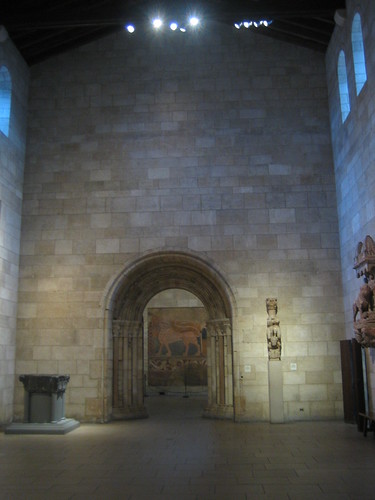
Lion Passant, after 1200, San Pedro de Arlanza, Castile-León
There were many portals assembled here with amazing sculptures and decorations:
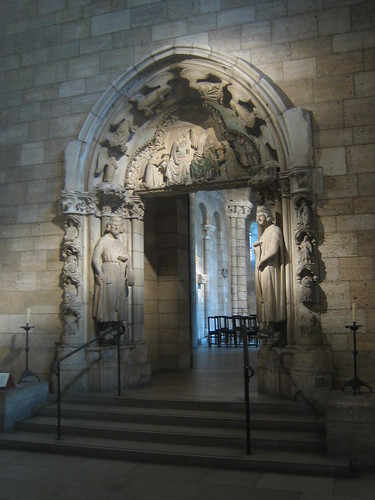
Reliquary cases were always strange but a reliquary case in the shape of a foot was the strangest I'd ever seen. I didn't figure out what was in it though and the database of the Museum didn't enlighten me either. The Reliquary Arm was much more conventional comparing to this one.
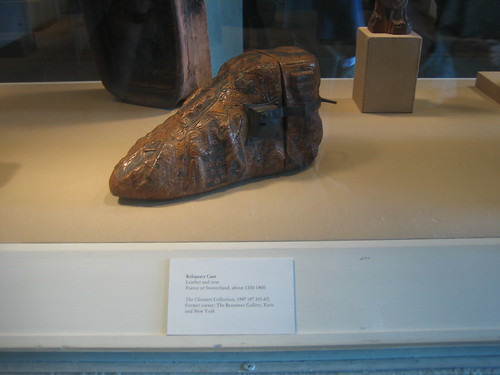
Reliquary Case, France or Switzerland, c. 1350-1400
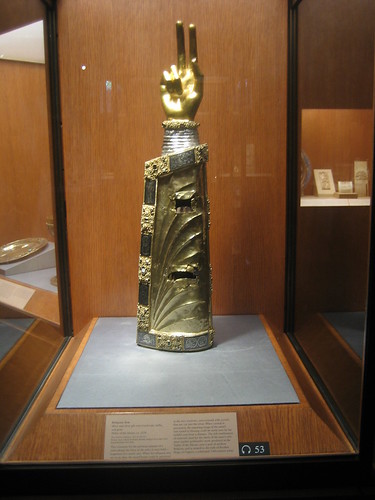
Reliquary Arm, South Netherlandish, c. 1230
I also found the objects below very interesting, because they much came from Albrecht Dürer's family workshop. His father and brother(s) were renowned goldsmiths and he apprenticed in the workshop before he joined painter's workshop.
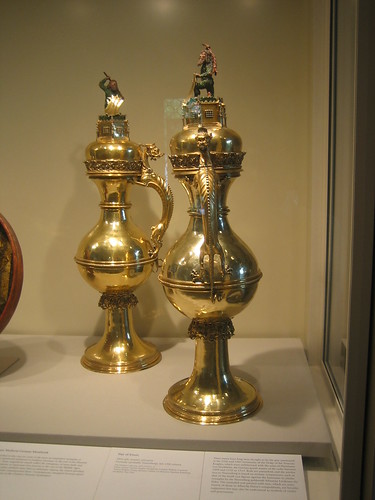
Pair of Ewers, Germany (probably Nuremberg), late 15th Century - design reminiscent of those in Albrecht Dürer's compositions
Everything I saw there were very interesting but none was more significant and beautiful than the Unicorn Tapestry from South Netherlandish, dating from 1495 to 1505.
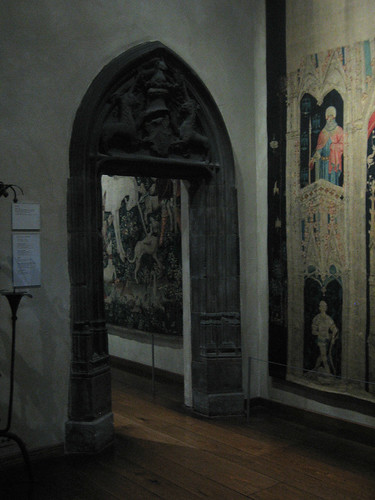
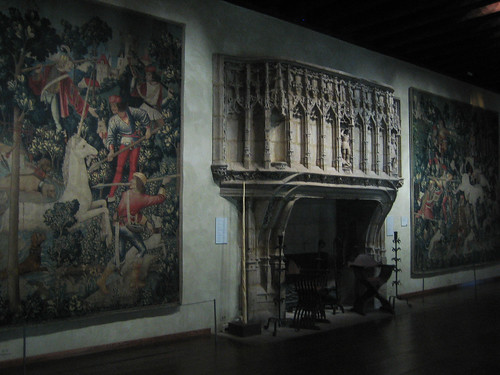
Official web site says: "The seven individual hangings known as 'The Unicorn Tapestries,' are among the most beautiful and complex works of art from the late Middle Ages that survive. Luxuriously woven in fine wool and silk with silver and gilded threads, the tapestries vividly depict scenes associated with a hunt for the elusive, magical unicorn."
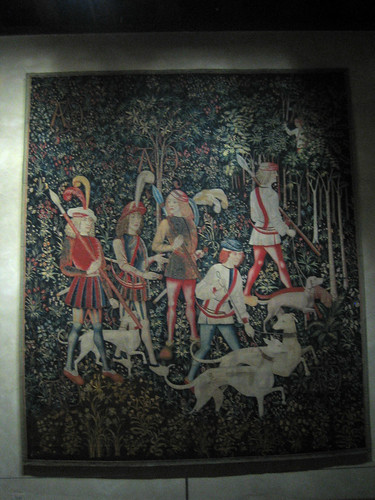
The Start of the Hunt

The Unicorn is Found

The Unicorn Leaps out of the Stream

The Unicorn at Bay
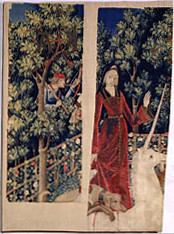
Two fragments of a lost tapestry from the Unicorn Tapestries
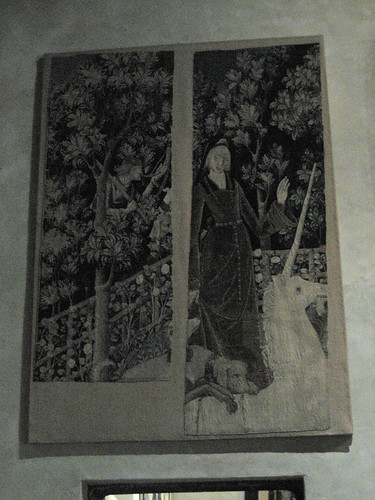
Two fragments of a lost tapestry from the Unicorn Tapestries
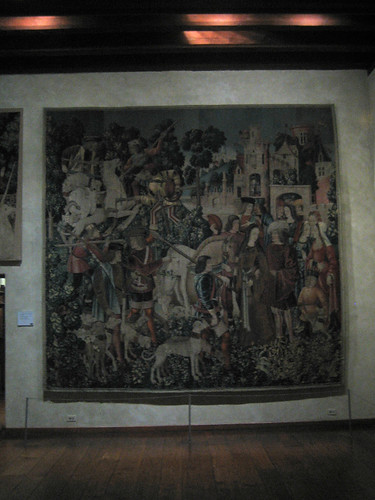
The Unicorn Is Killed and Brought to the Castle
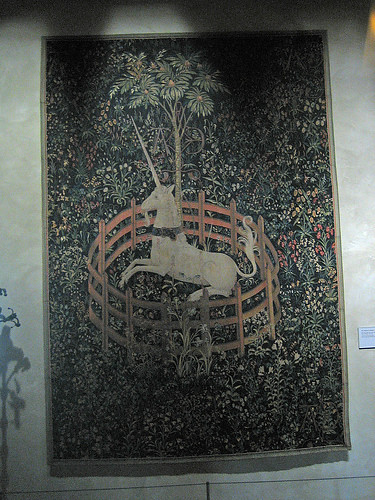
The Unicorn in Captive
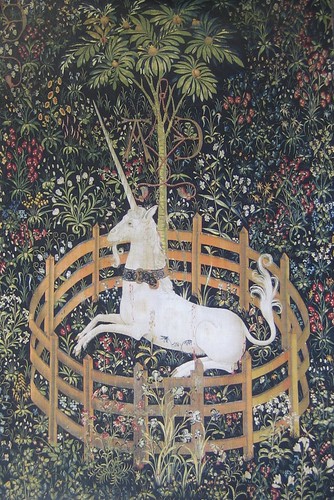
The Unicorn in Captivity (detail), from The Hunt of the Unicorn
This group of tapestry strongly resonate with those I saw in Paris - "The Lady and the Unicorn" series, which presented the six senses. I had to rate the Parisian series higher because it was less a sad story for the unicorn and because of the unique and ravishing color palettes they employed. After New York, one ought to go to Paris.
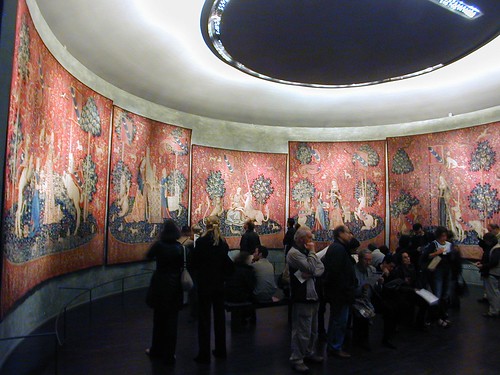
>> New York City Report, September 2010, Part IX: Doug + Mike Starn on the Roof: Big Bambú at The Metropolitan Museum of Art, New York City
<< New York City Report, September 2010, Part VII: Richard L. Feigen Collection and Yale University Art Gallery





No comments:
Post a Comment